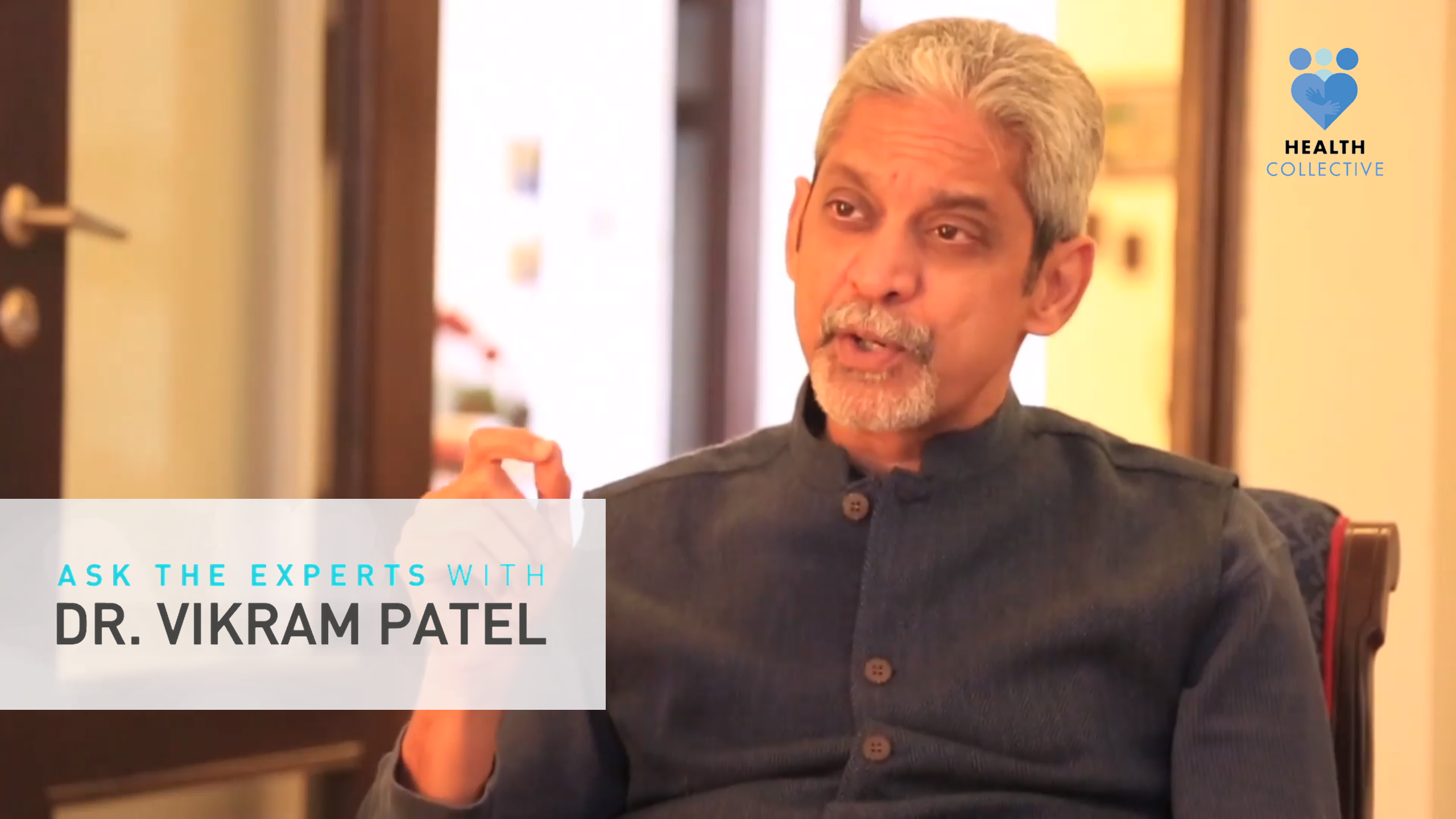Understanding Therapy: Obsessive Compulsive Disorder
By Shruti Venkatesh
What is OCD?
Obsessive-compulsive disorder (OCD) is characterised by recurrent, unwanted, and sometimes bizarre thoughts, impulses, or doubts that evoke affective distress (obsessions – e.g., dirt, germs, or specific situations) and repetitive behavioural or mental rituals performed to reduce this distress (compulsions – e.g., cleaning, washing, or checking).
Symptoms begin gradually and typically worsen when exposed to stressful situations. OCD — when left untreated — can significantly interfere with a person’s routine life, academic functioning and social relationships. It is now considered to be a lifelong disorder, with symptoms that vary in severity. Although symptoms can be controlled, stressors can trigger a relapse. It is important to make use of the tools provided by therapy and follow up with one’s psychiatrist on a periodic basis.
How common is it?
The lifetime prevalence rate of OCD in adults is 2% to 3%, equal for men and women, although it is more commonly diagnosed among boys than girls. The Global Burden of Diseases study has recently ranked OCD as the 10th leading cause of disability worldwide and it is also considered the fourth most common mental illness in many western countries.
Getting Help: Cognitive Behavioural Therapy
Cognitive behavioural therapy (CBT) is a short-term, goal-oriented psychotherapy treatment that takes a hands-on, practical approach to problem-solving. The goal is to change patterns of thinking or behaviour that are behind people’s difficulties, subsequently changing the way they feel.
Treatment for OCD usually involves a blended combination of CBT and pharmacotherapy. CBT for OCD would generally include psychoeducation, Exposure and Response Prevention (ERP) and Cognitive Therapy (CT) techniques (e.g., pie technique and cognitive restructuring technique).
Such an intervention helps control symptoms and restore normal functioning in the individual’s life. As OCD is cyclic, treatments do not have the capacity to “cure” this disorder. However, symptoms can be reduced by 50-80%.
Exposure and Response Prevention (ERP)
Exposure and Response Prevention is a central behavioural technique involving exposure to the source of the obsession and prevention of the patient’s normal response. The main objective of this exercise is to stay in contact with the obsessional trigger without engaging in ritual behaviours. When individuals do so, they naturally experience shooting levels of anxiety but soon learn that their distress reduces dramatically after its initial peaking. Such repeated exposure with the resultant discomfort can help the patient overcome their symptoms over time. Exposure sessions usually take between 45 minutes to 3 hours.
Cognitive Therapy (CT)
Cognitive therapy focuses on patients’ interpretation of their obsessions and is essentially aimed at helping participants to identify and re-evaluate beliefs about the potential consequences of engaging or not engaging in compulsive behaviour. Patients are taught to develop an awareness of their obsessions and their rituals as compulsions. In CT, the patient must identify the cognitive distortion, typically a faulty assessment of danger, an exaggerated sense of responsibility, or fears that thinking something negative will make it come true (thought-action fusion).
Also Read: Understanding Therapy
Once patients are able to quickly identify their obsessions and compulsions as symptoms of OCD, the therapist will initiate a few behavioural experiments to disprove errors in thinking about cause and effect. The therapist may then use the results of this experiment as material for discussion about other types of magical thinking. Over time, patients begin to eliminate compulsions.

Efficacy of CBT for OCD
Decades of published research have given rise to wide consensus among clinicians that supports the effectiveness of CBT for OCD, especially ERP. It is now recommended as the first-line treatment for OCD, with CT as an alternative. ERP is regarded as the most effective short and long-term treatment for OCD. However, findings indicate that 20% of patients drop out prematurely. Although about 80% of patients respond well to ERP, 20% do not*.
Motivation to begin treatment is a major challenge, considering the anxiety-evoking nature of ERP. Inadequate training for professionals to become proficient in carrying out ERP successfully is also a problem from the clinician’s perspective.
What should you do if you think you have OCD?
– Educate yourself about OCD. Reading up on the signs, symptoms and treatment procedures will provide some clarity of thought, and may also confirm or eliminate your apprehensions
– Share your concerns with friends and family. Support from close ones and an improved mental state of mind go hand in hand
– Consult a professional in order to keep your options open regarding treatment and recovery
Also see: Getting Help: Contacts and Helplines
Although there are always self-help modes of recovery or OCD support groups and sources outside a clinic available to help you self-diagnose, it is preferable to proceed only after visiting a psychologist or psychiatrist. Even if you feel that you may be suffering from mild OCD, professional advice and therapy go a long way.
References:
*1. Abramowitz, J. S. (2006). The Psychological Treatment of Obsessive-Compulsive Disorder. The Canadian Journal of Psychiatry, 51(7)
2. Pietrabissa G, Manzoni GM, Gibson P, et al Brief strategic therapy for obsessive–compulsive disorder: a clinical and research protocol of a one-group observational study BMJ Open 2016;6:e009118. doi:10.1136/bmjopen-2015-009118
3.American Psychiatric Association. Diagnostic and Statistical Manual of Mental Disorders. 4th edn. Washington: American Psychiatric Press, 1994
4.Murray CJ, Lopez AD. Global mortality, disability, and the contribution of risk factors: global burden of disease study. Lancet 1997;349:1436–42
5. Kamo M, Golding JM, Sorenson SB, Btimam MA. The epidemiology of obsessive-compulsive disorder in five U.S. communities. Arch Gen Psychiatry 1988;45{Suppl 3):3-14
6. Geffken GR, Storch EA, Gelfand KM, et al. Cognitive-behavioral therapy for obsessive-compulsive disorder: review of treatment techniques. J Psychosoc Nurs Ment Health Serv 2004;42:44–51.
7. Abramowitz JS, Taylor S, McKay D (2009) Obsessive-compulsive disorder. Lancet 374: 491-499.
8. Martin, B. (2016). In-Depth: Cognitive Behavioral Therapy. Psych Central
9. Sturmey, P., & Hersen, M. (n.d.). Handbook of Evidence-Based Practice in Clinical Psychology, Adult Disorders (Vol. 2).
10. Greist JH, Bandelow B, Hollander E, et al. WCA recommendations for the long-term treatment of obsessive-compulsive disorder in adults. CNS Spectr. 2003;8(suppl 1):7–16.
11.Yoshinaga N, Hayashi Y, Yamazaki Y, Moriuchi K, Doi M, et al. (2014) Development of Nursing Guidelines for Inpatients with Obsessive-Compulsive Disorder in Line with the Progress of Cognitive Behavioral Therapy: A Practical Report. J Depress Anxiety 3:153. doi:10.4172/2167-1044.1000153
12.Penzel, F. (n.d.). Ten Things You Need To Know To Overcome OCD. Retrieved from http://beyondocd.org/expert-perspectives/articles/ten-things-you-need-to-know-to-overcome-ocd
Disclaimer: Material on The Health Collective cannot substitute for expert advice from a trained professional
About the author: Shruti Venkatesh is an aspiring Clinical Psychologist and Research Assistant at De Sousa Foundation, currently in her fourth year as a student of Psychology. She has been trained in REBT, TA, Forensic Psychology and Clinical Psychotherapy, and volunteers at NIOS and SPJ Sadhana.
Coming Soon: More on Understanding OCD in #AskTheExperts, featuring Dr Achal Bhagat





Pingback: Holding the Rain: Short Film Aims to Fight Stigma
Pingback: Understanding Tourette’s Syndrome